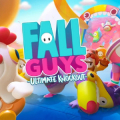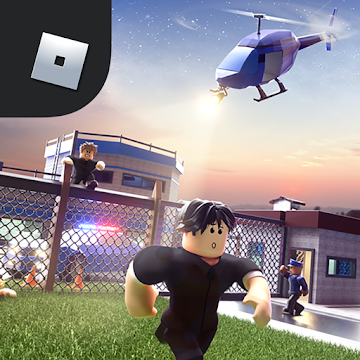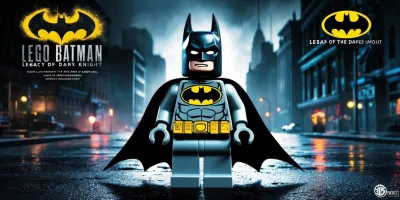Media
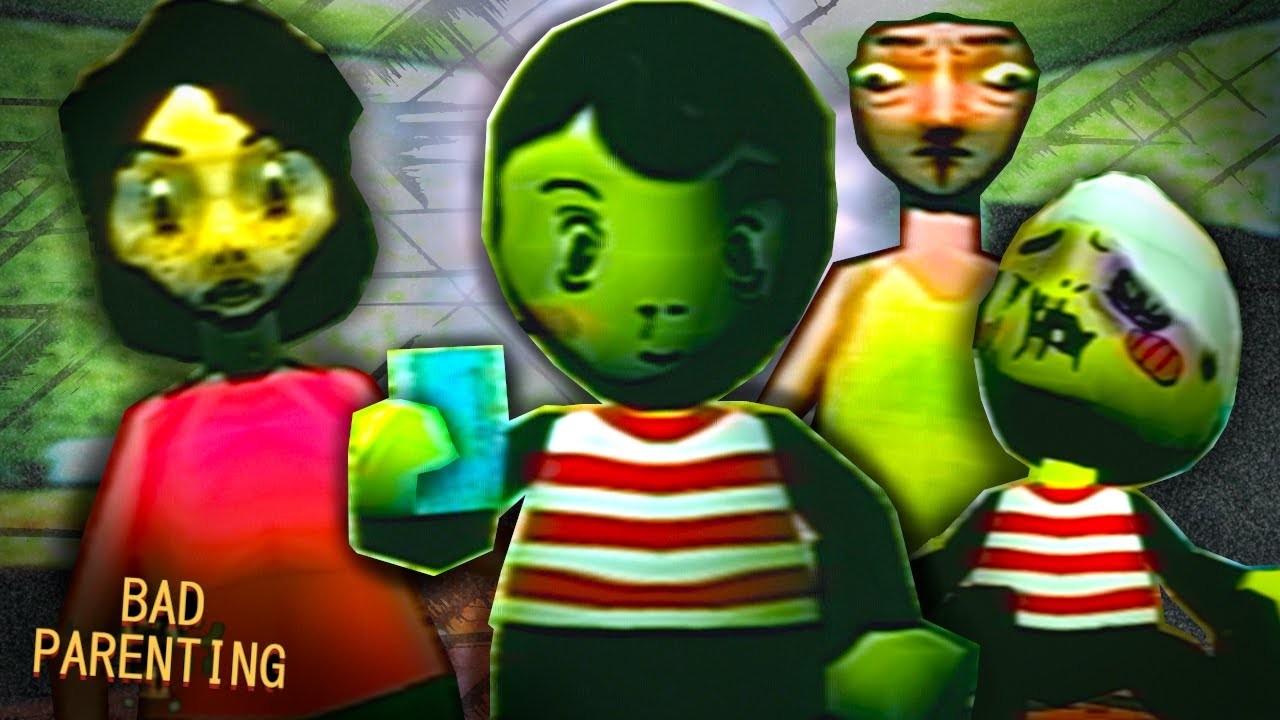
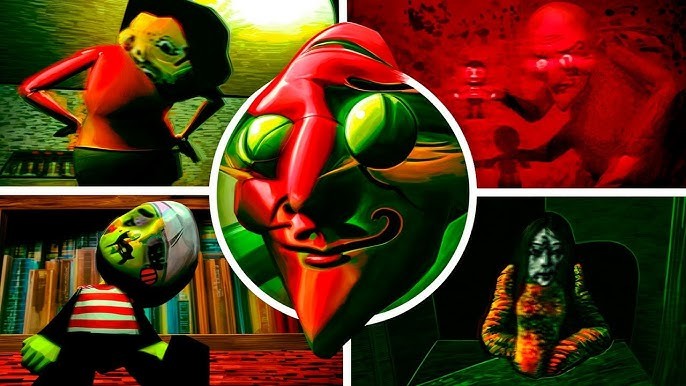
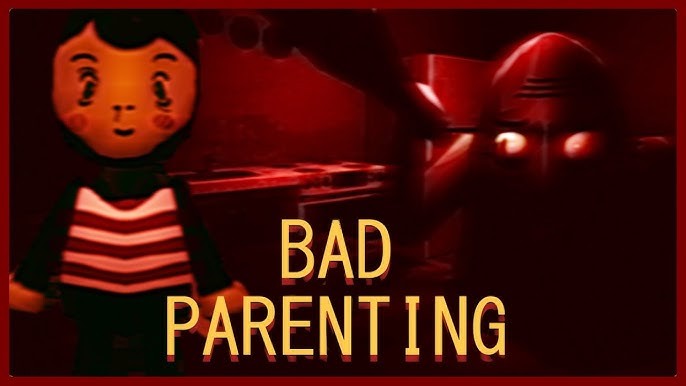
Bad Parenting Review

Wesley Thorne
I remember the moment I first encountered Bad Parenting 1: Mr. Red Face with a mixed feeling of excitement and curiosity. Browsing through discussion forums and gaming blogs, I came across glowing references that made me eager to investigate the anecdotal and visual details of the game. I found myself drawn to its unusual title and intriguing concept that promised a quirky experience with an offbeat sense of humor. As I booted the game for the first time, I was greeted with a vibrant splash screen and an energetic soundtrack that hinted at the creative chaos the developers had in mind. This initial impression was enough to make me commit to an immersive journey that challenged my expectations of what a game about parenting could be.
Delving into Gameplay Mechanics
Playing through the levels, I quickly discovered that the game’s mechanics were designed to combine strategic problem-solving with humorous role-playing elements. I spent a significant amount of time learning the intricacies of resource management, as I balanced various parenting challenges while managing the unpredictable antics of Mr. Red Face. The game offered a blend of quick decisions and longer-term planning that made each session feel both urgent and thoughtfully paced. I was particularly impressed by the way the game integrated hidden mini-games that occasionally popped up, which enriched the overall interactive experience by rewarding attentive and creative play.
Aesthetic Observations
The visual style of Bad Parenting 1: Mr. Red Face left a lasting impression on me. I appreciated the playful yet refined art direction that manifested in a palette full of vibrant colors and unexpected contrasts. Each character and background element was meticulously designed to evoke both humor and a sense of realism. I found that the exaggerated facial expressions of Mr. Red Face and his companions served as a humorous counterpoint to the more serious thematic layers of the game. The hand-drawn effects and unconventional animations contributed to an aesthetic that was as engaging as it was unpredictable, making each scene a mini-masterpiece of visual storytelling.
Exploring the Narrative and Storytelling Elements
The narrative of the game is woven with a delicate balance of irony and dark humor. I found the storyline to be both engaging and thought-provoking, as it explored the complexities of modern parenting through an unconventional lens. The game’s narrative is delivered through witty dialogues, unexpected plot twists, and interactions that challenge traditional perspectives on familial roles. As I progressed through the chapters, I appreciated how the narrative embraced its eccentricity while offering layers of commentary on societal expectations, the struggle for identity, and the consequences of misguided decisions.
Soundscapes and Musical Themes
Sound design is an area where Bad Parenting 1: Mr. Red Face truly excels. Every sound effect, from the comical clatter of objects to the subtle background whispers during more intense moments, was meticulously chosen to heighten the overall experience. I found the musical themes to be particularly memorable. Seamlessly blending upbeat tunes with more somber pieces at pivotal moments, the soundtrack worked in concert with the gameplay to evoke a range of emotions. The clever integration of sound effects with game mechanics, such as the distinctive audio cues for critical decisions, further enriched my immersion in the game’s idiosyncratic world.
Humor and Irony in Practice
One of the most delightful features I experienced in the game was its unique brand of humor, which managed to be both subtle and overt in its delivery. I was amused by the game’s playful jabs at conventional parenting norms and the unexpected scenarios that had me laughing out loud at times. The humor was intertwined with irony, ensuring that even the more absurd moments carried an undercurrent of clever commentary. I found myself repeatedly pausing to appreciate the narrative’s clever wordplay and the satirical observations made by the characters, which added a rich, multifaceted quality to the game’s overall tone.
Character Development and Design
The character design in Bad Parenting 1: Mr. Red Face is nothing short of extraordinary. I found the protagonist, Mr. Red Face, to be a fascinating study in contrasts: a character who combines comic exaggeration with unexpected depth and vulnerability. His evolution throughout the game was portrayed through changes in demeanor, dialogue, and even visual cues. Interactions with secondary characters, each possessing their own quirks and rich backstories, contributed to a broader narrative tapestry that felt authentic and engaging. I appreciated how the game allowed these characters to evolve organically, turning every interaction into a moment of genuine entertainment and narrative progression.
Challenging Gameplay and Strategy
From a player’s perspective, the game presented a series of challenges that required thoughtful strategy and a willingness to embrace unpredictability. I found that each level demanded a unique approach, combining quick reflexes with calculated moves that often forced me to think several steps ahead. The balance between light-hearted fun and the occasional significant strategic challenge was finely tuned, ensuring that I was constantly engaged and motivated to find creative solutions. The tension between managing immediate crises and planning for long-term objectives added a dynamic layer to the gameplay that kept each session fresh and unpredictable.
Interactivity and Control Responsiveness
The overall interactivity of the game impressed me deeply. I noticed that the controls were responsive and intuitive, which was critical in a game where timing and precision could significantly alter the outcome of various scenarios. The feedback system was particularly satisfying, as every action I took was met with immediate visual and audio confirmation. This responsiveness not only enhanced the gameplay but also contributed to my overall satisfaction, making every moment feel consequential. The well-implemented interactivity helped bridge the gap between the player and the eccentric game world, ensuring that I felt connected to the unfolding events right from the first level.
Replayability and In-Game Exploration
As someone who values depth and replayability, I was pleased to find that Bad Parenting 1: Mr. Red Face offers a wealth of content that encourages multiple playthroughs. I spent additional hours exploring alternative paths, unearthing hidden challenges, and experimenting with different strategies. The game’s branching narrative paths and randomized elements provided a fresh experience on subsequent playthroughs, motivating me to explore every nook and cranny of its vibrant world. This replayability not only extended the game’s longevity but also solidified its place as a title that rewards players for their persistence and curiosity.
Innovative Mini-Games and Side Objectives
Another aspect of the game that I found particularly engaging was the inclusion of various mini-games and side missions that complemented the main narrative. These small yet cleverly designed segments allowed for brief respites from the fast-paced story while offering opportunities to earn extra rewards and discover additional lore. I was intrigued by how these mini-games seamlessly tied into the overarching theme of the experience without feeling like mere diversions. They provided a welcome change of pace, allowing me to experiment with different gameplay styles and strategies while still remaining immersed in the world of Mr. Red Face.
Thematic Depth and Social Commentary
Throughout my sessions, I was continuously drawn into the thematic depth of Bad Parenting 1: Mr. Red Face. The game is not content with simply offering a novelty experience—it undertakes a subtle exploration of modern societal issues, particularly those surrounding expectations and the complexities of parenting. I encountered moments where the narrative delved into the pressures of societal judgments and the repercussions of choices made in the realm of family dynamics. This underlying social commentary, although wrapped in a layer of humor and irony, invited me to pause and reflect on broader topics that were relevant beyond the immediate gameplay. The balance between humor and thoughtful criticism was executed with finesse, making the experience as intellectually stimulating as it was entertaining.
Engaging World-Building and Environmental Details
My journey through the in-game world was marked by a noticeable attention to environmental storytelling. I marveled at the detail put into each location, where even the background elements told their own mini-stories. Every setting—from the chaotic household scenes to the surreal outdoor landscapes—was designed to contribute to the game’s overall narrative. I found that the developers managed to create diverse environments that reflected different aspects of the protagonist’s inner world and the external pressures of modern life. This level of detail allowed for an engaging exploration experience, where every corner of the game held the promise of a hidden story or a clever detail waiting to be uncovered.
Dynamic Interactions and Emotional Engagement
One of the most striking qualities of Bad Parenting 1: Mr. Red Face is its ability to evoke genuine emotional responses through dynamic interactions. I frequently experienced moments where the game’s quirky humor and heartfelt narrative converged to produce emotions that ranged from amusement to thoughtful introspection. The character interactions were crafted in such a way that their humor never felt forced, and their more vulnerable moments resonated deeply. I found that these interactions were crucial in building a connection with the characters, as they allowed me to experience a spectrum of emotions that made the game feel profoundly personal. The emotional engagement was as important to the game as its mechanical challenges, making my journey through its world both memorable and moving.
 The Best Part of It:
The Best Part of It:
- Innovative storyline that blends humor with social commentary;
- Engaging gameplay mechanics that require strategic planning;
- Vibrant visual design with expressive character animations;
- Immersive sound design that enhances both action and narrative moments;
- High replayability with hidden paths and alternative challenges;
- Diverse mini-games that complement the main gameplay experience;
 The Worst Part of It:
The Worst Part of It:
- Steep learning curve for players unfamiliar with unconventional mechanics;
- Certain narrative segments may feel overly eccentric or rushed;
- Limited accessibility options for players with specific needs;
Category
- Action
Highly rated for
- Innovative storyline that blends humor with social commentary;
- Engaging gameplay mechanics that require strategic planning;
- Vibrant visual design with expressive character animations;
- Immersive sound design that enhances both action and narrative moments;
- High replayability with hidden paths and alternative challenges;
- Diverse mini-games that complement the main gameplay experience;





